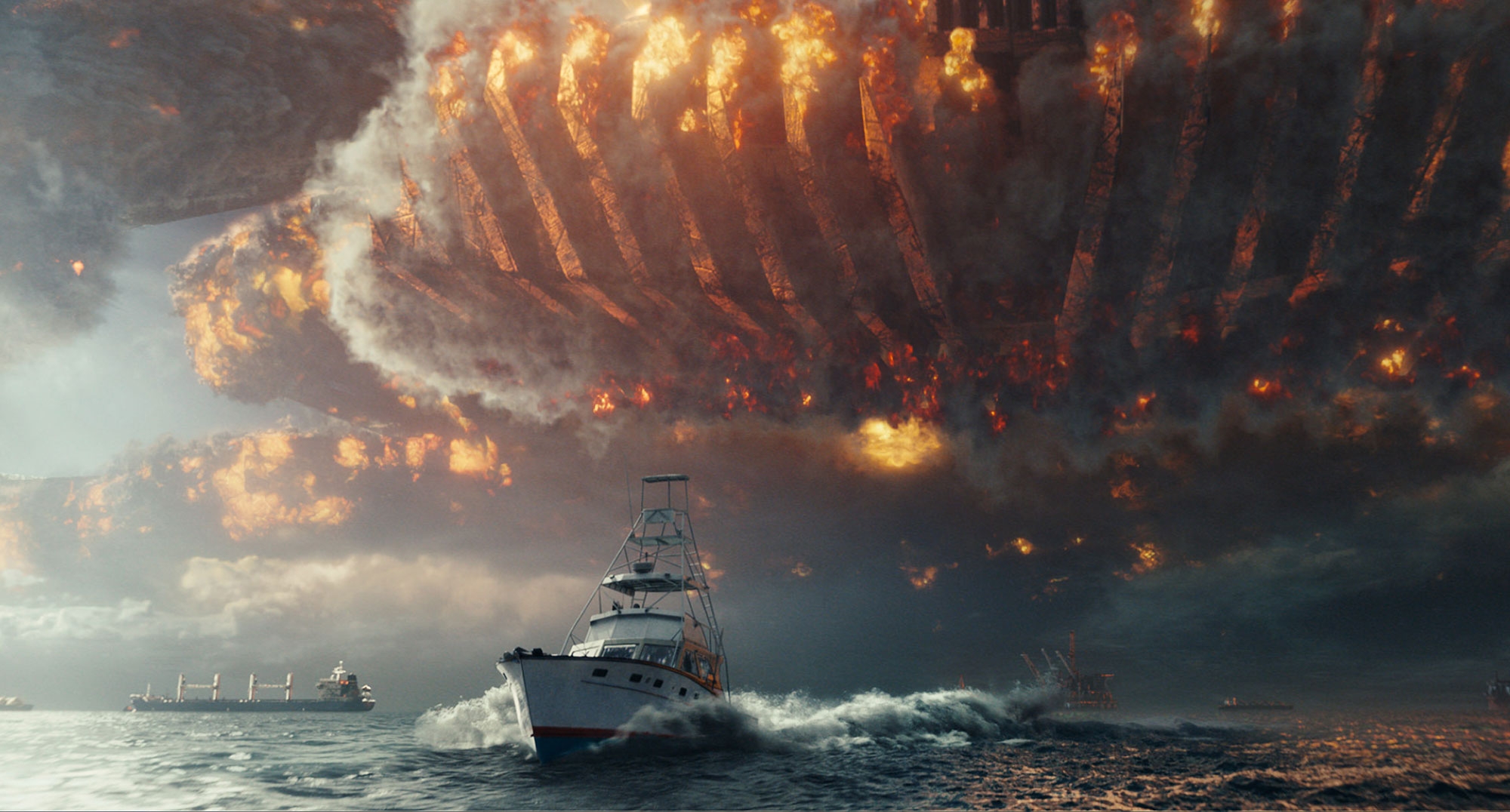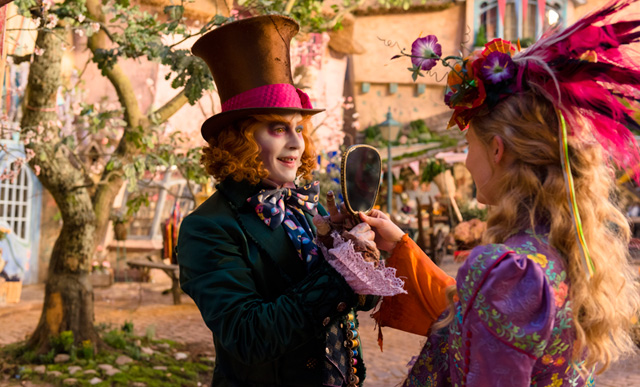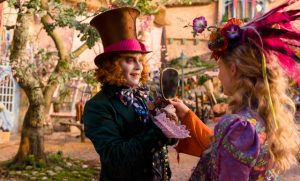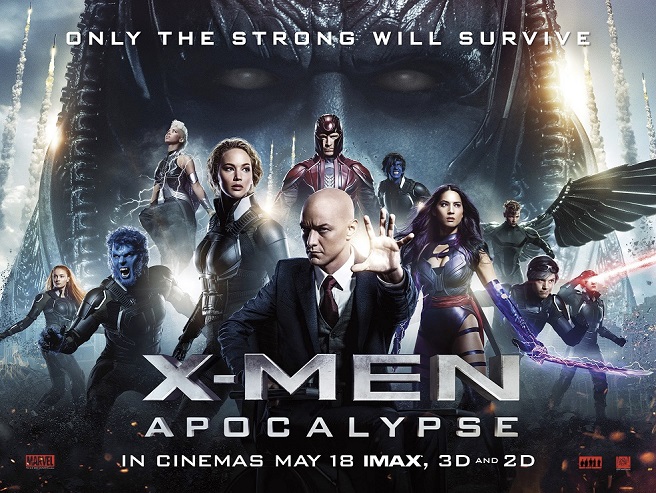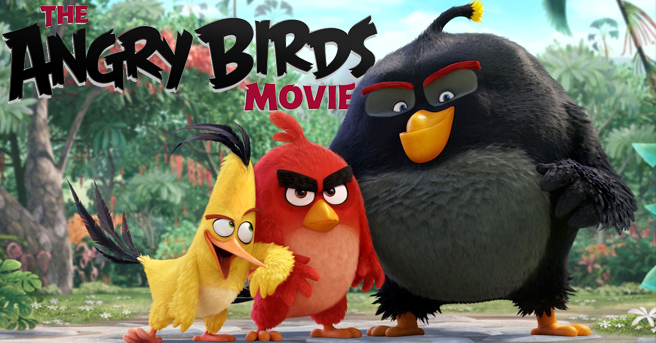Independence Day: Resurgence
Posted on June 24, 2016 at 12:33 pm

Twenty years ago, Jeff Goldblum and Will Smith flew into an alien mothership and uploaded a computer virus in a movie that is still one of the definitive summer blockbusters, Independence Day. Two decades later, moviemaking technology has made a lot of progress, and it has some striking visuals, but it is missing a lot of the brio of the first, especially Will Smith. This is one of those movies with a story that involves billions of people around the world but pretty much the same six people keep running into each other and their relationship issues are as important as the impending attack that in military terms is deemed “extinction level.”
The alien attack of 1996 did something humans were not able to accomplish on their own after thousands of years. It united the world, which came together to adapt the alien technology and develop a comprehensive monitoring and defense system, including space stations and an outpost on the moon. The US President (Sela Ward) coordinates with other world leaders in what seems to be an era of unprecedented peace and prosperity, if operating under the constant pressure of recovering from unprecedented losses and the fear of another invasion.
In the first film, a nerdy scientist named Dr. Okun (Brent Spiner) who had been hidden away in Area 51 was used as something like a ventriloquist’s dummy by an alien and has been in a coma ever since, tenderly care for by his partner. All of a sudden, his eyes fly open and he is awake. There are other indications around the world that dormant capacities for communication are being triggered by what could be another approaching invasion. That includes the former President (Bill Pullman, with beard, cane, and PTSD) who not only inspired the world with a great speech but personally flew a fighter plane to attack the alien ship.
David Levinson (Jeff Goldblum), who in the last film was a cable company computer technician who was the first to identify the anomalies that indicated an alien interference, visits Africa to speak to a warlord whose people engaged in hand-to-tentacle combat with aliens. The ex-wife played by Margaret Colin in the last film has vanished from the storyline, without even the half-sentence explanation that lets us know what happened to Will Smith’s character. Instead, we meet a scientist played by Charlotte Gainsbourg who says she has identified some symbols, especially a circle with a horizontal line through it, that people who have had some alien contact feel impelled to draw or paint. And the aliens who have been locked up in Area 51 for 20 years are suddenly awake and screaming…or celebrating. Yes, they are back and they are big. One thing the movie does well is show us the scale and scope of this new invasion.
But what it does not do well is connect us to the characters. There are utterly pointless and unconvincing subplots about a past between Goldblum and Gainsbourg, who have no chemistry whatsoever, but still find more sizzle than the subplot about the hopelessly bland trio of the three fighter pilots, the daughter of the former President, the son of the Will Smith character from the last movie, and Liam Hemsworth, trying to be all “Top Gun”-adorably dashing but more “Starship Troopers.” The actors do their best, but they are stuck with clunky sci-fi cliche dialog. The first film had some clever references to classics like “2001,” but this one just borrows shamelessly from other, better films. The aliens may be bigger and better in this return, but the script is not.
Parents should know that this film has extended sci-fi peril and violence with some disturbing images and characters who are injured and killed, including vast destruction and genocide. Characters use some strong language and there is brief potty humor.
Family discussion: What should the President have considered in deciding about the orb? What would you want to ask it?
If you like this, try: the original “Independence Day” and “Close Encounters of the Third Kind”

